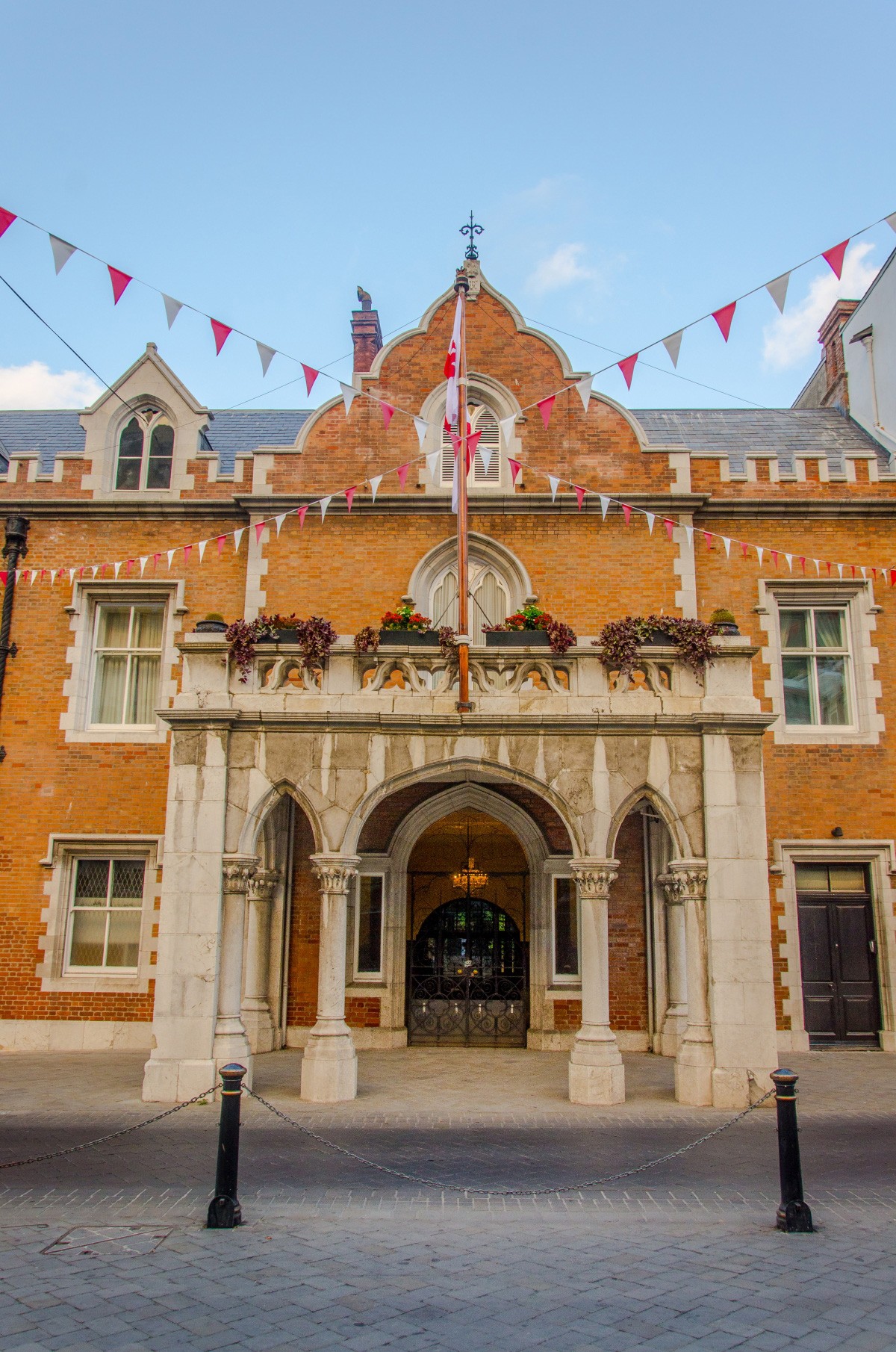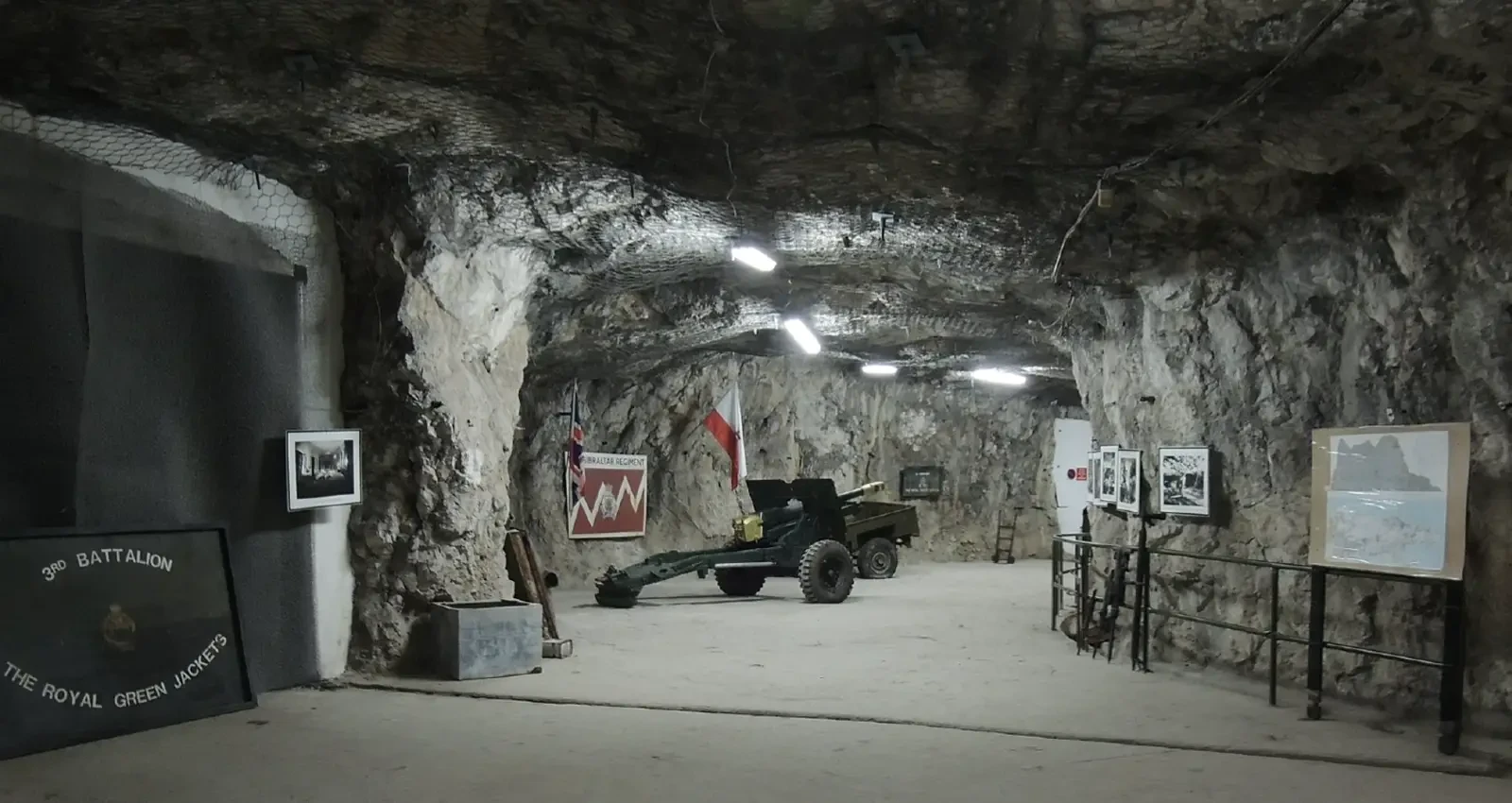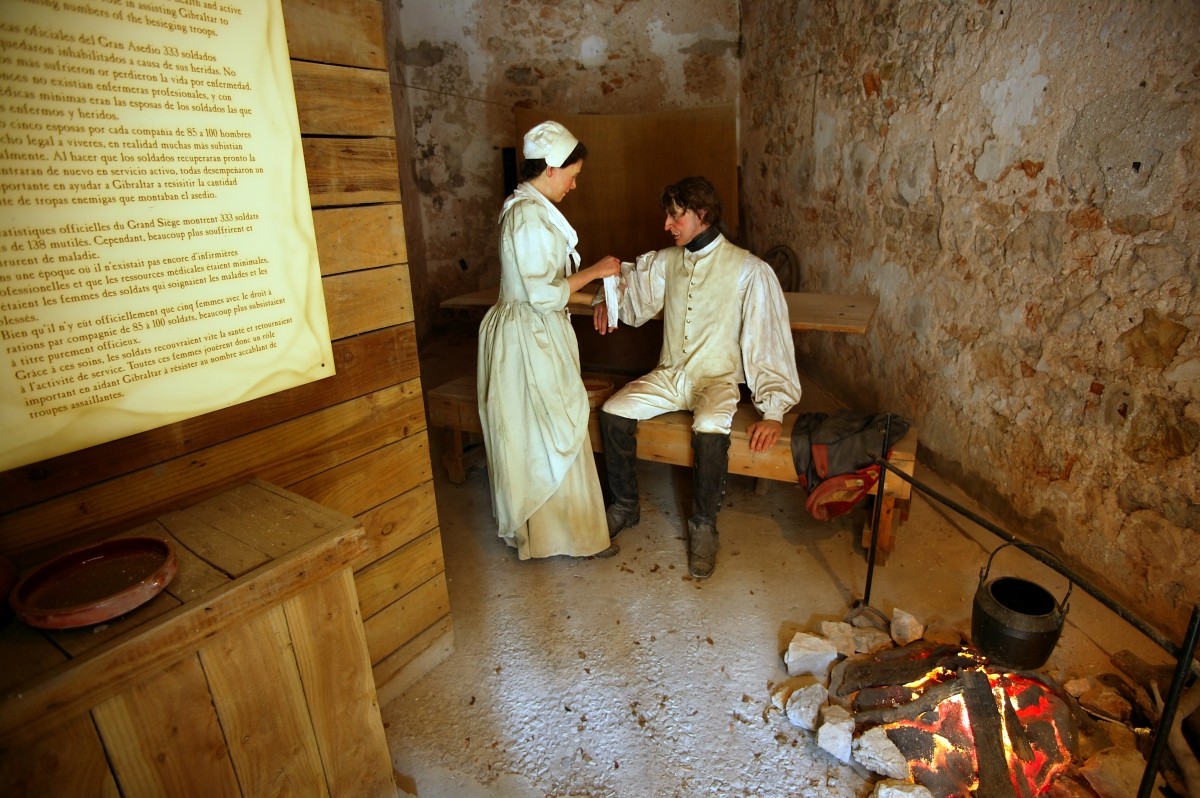Gibraltar's Haunted Sites
The Convent – The Lady in Grey
With such abundant military history it is unsurprising that Gibraltar is home to many ghostly tales and known ghosts.
Head to the Convent at the end of Main Street to see the daily changing of the guards. The convent has been the home of the governor since 1728 and was formally a 16th century Franciscan monastic house. It is here that a lady known as ‘The lady in grey is reported to roam.
A young Spanish girl – Alitea fell in love with a man – Silvano who her family disapproved of. Despite being forbidden to see him, she continued to pursue him so her brother was forced to bring her to Gibraltar and place her in a nun's convent.
Silvano would not be parted from her and tracked her down disguised as a Franciscan monk. He was then able to visit the convent once a week for confession, where he could see the woman he loved. Together they plotted their escape but their plot was uncovered and Silvano died during the escape, rumored to have been trying to reach a boat that would have been their way out. As for Alitea she was sentenced to death and was buried alive behind a wall in the chapel.
Stories of a female ghost started to emerge in the late 1700’s, mainly of an apparition of a lady dressed in a grey nun’s habit believed through the years to be Alitea.

Tunnels of Gibraltar
The ghosts of soldiers who died defending Gibraltar largely remain unacknowledged and forgotten within the vast labyrinth of 34 miles of tunnels constructed during the past two and a half centuries. Many men died during the excavation of these courageous tunnels first in the late 1700’s and then when they were extended during the WWII.
Soldiers using the tunnels in modern day have reportedly heard whistling, digging and singing. The longest sections of tunnel, known as the Great North Road, which stretches almost the 1.5-mile length of the Rock has had numerous reports.
Tunneling for military purposes has a long history in Gibraltar. The Great Siege Tunnels were hewn out of the Rock during the 1779-83 siege. However most of the work was undertaken in the Second World War and it is in this period of tunnel history in which dozens of soldiers died. Peter Jackson a retired Warrant Officer has told that he once took the daughter of a soldier, Lance Corporal Lawrence Bolton, to lay flowers where he had died in a tunneling accident. When WO Jackson next returned to the spot a few days later, his shirt was tugged from behind and he was jerked backwards by an invisible force. On leaving the tunnel he claims a woman he had never met told him that he had been followed by the ghost of Lieutenant Corporal Bolton.
Other sightings near the entrance of the tunnels have also been reported such as a military man and his dog who are said to roam Fosse Way a WWII tunnel within the rock. Other sights have been claimed outside the entrance to the Northern Defense tunnels where the sound of two violins have reportedly also been heard.

Gibraltar National Museum
The Gibraltar National Museum in Bomb House lane is a key attraction on the rock. The site dates back to a 14th century Moorish bath house which forms part of the exhibit.
During the 19th century before a museum existed it was difficult to keep any important local finds. This is how the first known adult Neanderthal skull which was found in Forbes Quarry in 1848, was sent to the Natural History Museum in London.
The present museum was established by the then Governor of Gibraltar in 1930 in a building known as Ordinance House which also lay some chambers of a bath house from the Moorish period which had previously been used as a semi-undergrown stable. The premises has through the years revealed many historical moments, from the time of the Moors to the Great Siege of the 1700’s. A ghostly figure of a man who died many years ago and is believed to be a former director of the museum has been sighted by both workers and visitors to the museum.

Old St Bernard’s Hospital
The former site of the old St Bernard’s hospital was strongly believed by patients, visitors and staff to be haunted. The hospital, in particular the maternity ward has long been rumoured to be home to many anguished ghosts with hospital staff and patients often referring to visual sightings. Stories of lower floor unexplained noises and things moving were common place. Previous to its use as a civilian hospital, it was a military hospital and before that a military barracks so it is perfectly likely that it is the resting place of men and women who died some terrible deaths.
In recent years more than 200 skeletons were found buried under the site of the former Hospital and are suspected to have been victims of an 18th century siege. A scientific team discovered that the mass grave – unearthed in 2014 – is home to mostly young men who were buried in haste.
It is also possible that they died from one of the disease epidemics which followed the sieges, while some of the remains date back as far as the 16th century.
In the 18th century the hospital site was used by the British military, which fits in with the theory it was a military burial ground.
Although the hospital is now closed visitors to the area may feel a chill in the air!




 English
English Spanish
Spanish French
French Italian
Italian German
German